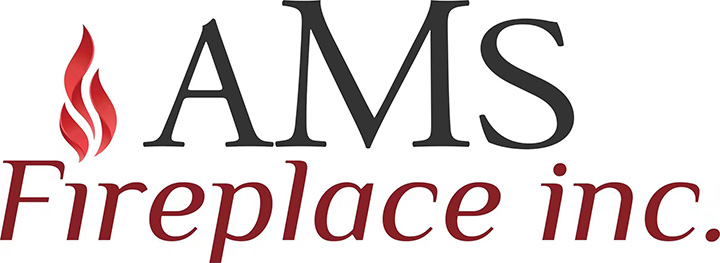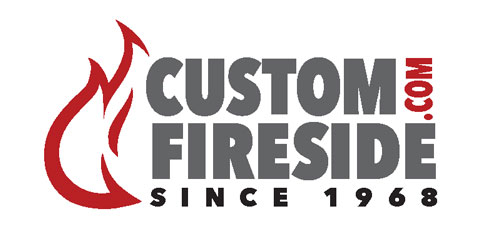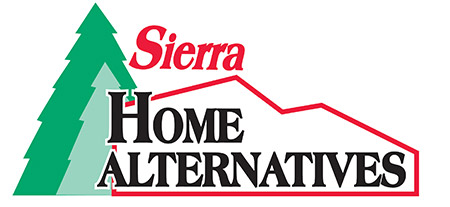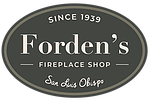By “cleaner,” we mean less ash or maybe a higher efficiency. So, let’s define a couple of terms first.
Ashes: The quality of the wood, the moisture content, and the wood species will all affect the amount of ash from burning cordwood.
On the other hand, pellets are a manufactured fuel. Since the moisture content is strictly controlled, there is very little ash compared to a wood-burning stove.
Combustion efficiency: is measured in a percentage of how well the appliance converts wood into useable heat. It doesn’t reflect how much useable heat is transferred to the home.
Overall efficiency : is the percentage of heat transferred to the living space when a load of fuel, either wood or pellets, is burned. The overall efficiency considers several factors and is a more realistic measurement than combustion efficiency. Combustion efficiencies are often listed in the literature because this is the higher of the two calculated numbers.
Most pellet stoves operate with an overall efficiency rating in the low to mid 80% range. In contrast, many EPA-compliant wood-burning stoves will run a bit lower, in the low to mid 70%.
Anaheim, CAEmbers West Inc.
1201 E Ball Rd
Anaheim, CA 92805 |  | Visit Store Page |
Carlsbad, CAAMS Fireplaces Inc
2864 Whiptail Loop East,
Carlsbad, CA 92010 |  | Visit Store Page |
Elk Grove, CACustom Fireside Shops
9097 Elk Grove Blvd.
Elk Grove, CA 95624 |  | Visit Store Page |
Jackson, CAMother Lode Fireplace & Spa Center
619-B South Hwy 49
Jackson, CA 95642 |  | Visit Store Page |
Loomis, CAValley Stove & Chimney Inc.
3129 Swetzer Road
Loomis, CA 95650 |  | Visit Store Page |
Placerville, CASierra Home Alternatives, Inc.
237 Placerville Drive
Placerville, CA 95667 |  | Visit Store Page |
Quincy, CAQUINCY HOT SPOT
2019 East Main St.
Quincy, CA 95971 | | |
Sacramento, CACustom Fireside Shops
5455 Auburn Blvd.
Sacramento, CA 95841 |  | Visit Store Page |
Sacramento,, CADen Defenders
9912 Business Park Dr
Sacramento,, CA 95827 | | |
San Luis Obispo, CAForden's
3540 Sacramento Drive
San Luis Obispo, CA 93401 |  | Visit Store Page |
Santa Cruz, CAWoodstove & Sun, Inc.
510 Soquel Ave.
Santa Cruz, CA 95062 | | |
Santa Rosa, CAWarming Trends, Inc.
#4 South A Street
Santa Rosa, CA 95401 | | |
Sonora, CAFoothill Fireplace, Pools and Spas
18677 Eagle Ridge
Sonora, CA 95370 |  | Visit Store Page |
Stockton, CADen Defenders
1401 W Fremont
Stockton, CA 95203 | | |
Templeton, CAForden's
507 N. Main Street
Templeton, CA 93465 |  | Visit Store Page |










